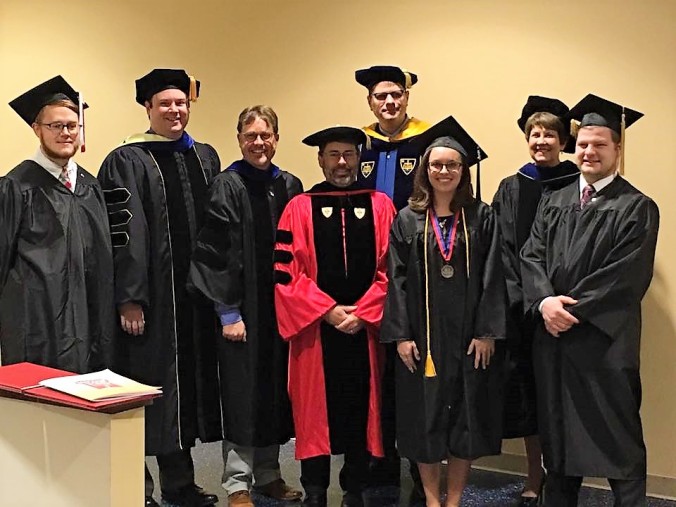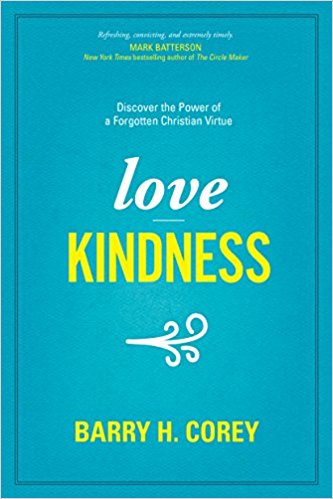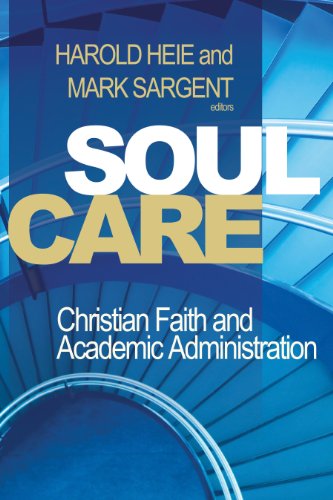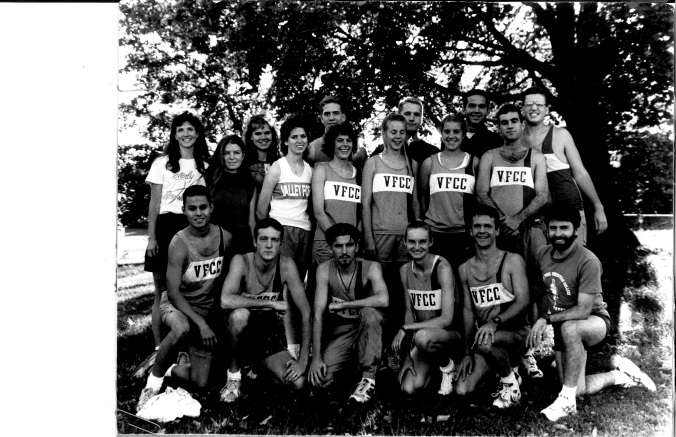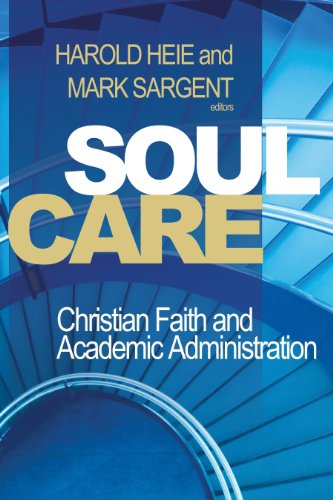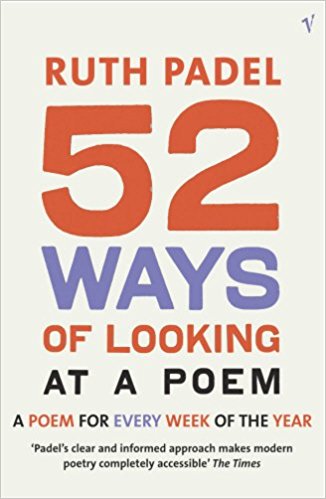Coffee at Auschwitz

Last month I was in Poland helping to lead a service learning team of Malone students. As part of the trip we visited Auschwitz. It was cold. I bought coffee from a vending machine with my credit card. It was convenient.
Auschwitz is like that. The brutality is overwhelming. There are no words. And it has a gift shop.
It was crowded the day we were there, despite being early March. But the tourists were predominately Israeli middle-schoolers on a state-sponsored trip. They moved about in bunches, sang upbeat school songs, and flirted with one another. It must have seemed as long ago to them as if they were visiting the Coliseum in Rome.
But it didn’t seem ancient history to us. Our Malone students were sensitive and respectful. They had been following news stories all spring about the growing power of the Polish conservative Law and Justice party and in particular about the pending legislation detailing what can and cannot be said in regard to Polish participation in the Holocaust. While in Poland we found our concerns about growing conservative nationalism in Poland to be largely justified. One evangelical pastor told us bluntly that Poland is a deeply antisemitic country.
We had a very knowledgeable tour guide at Auschwitz– a 20 year veteran– and at the end of our time together, one of the students worked up the courage to ask her about the proposed law. She was exceptionally frank with us. It is not so much the specific language of the law which concerned her; it contains enough linguistic ambiguity that casual speech would likely not be impacted. However, she was deeply concerned about the nationalist impulse behind the law and the impact it might have on free speech. She told us that the very next morning the museum director had scheduled a meeting with the guides. She was afraid that in the future she might not be able to do her job with integrity.
We had this conversation at the end of the tour, standing at the very back of the camp near the ruins of the gas chambers. By the time we were finished it was dark and all the other groups were gone. In silence we walked the long central road alongside the railroad tracks. As long as I live, I will never forget that walk. There is a deep presence at Auschwitz, and the darkness and silence created space for us to perceive it. Whether it was all the pictures I had seen or the movies that I had watched that included the very path we were on, I do not know, but I kept having time-phase experiences. How do I explain? For a brief moment, it was like it was 1944 and I could see people with haggard faces and long coats walking in the opposite direction that we were. And then I would be back, listening to the footsteps of my students as we made our way in the dark toward the front gate. Then it was 1944 again, but during the daytime, and we were walking through a steady stream of those who were directed immediately toward the back of the camp. And then back to the present. One of our students was the very last individual out as they were closing and locking the gates. We walked away into the night, fully aware that so many, many never did. 
We must never forget what happened there. For I am deeply saddened to report to you that antisemitism is not just growing in Poland, it is also growing in the United States. I am seeing news reports of things happening in my own country of which I never would have thought possible. And the news stories which make it to the national level don’t cover all of the horrifying details. Last Fall I was part of an interfaith dialogue event and was talking with Rabbi Eric Yoffie, the President Emeritus of the Union of Reform Judaism, about what had happened at Charlottesville. He told me of one incident that never made the headlines: a group of Neo-Nazis stood in front of a synagogue during shabbat, using their physical presence to intimidate and perhaps provoke the congregation as they left. So rather than risk a confrontation, the entire congregation exited through the back door. How can this happen in the United States?
We simply cannot permit this kind of behavior under the guise of “free speech.” Who celebrates the “free speech” under the Weimar Republic that allowed National Socialism to spout their race theories and gain adherents? No, we blame them for not shutting down the movement before it became so large.
It just so happens that right now my Modern Europe students are reading Richard Evan’s The Coming of the Third Reich.I consider Evans to be the best historian in English of the Nazi period. I strongly recommend his three-volume study, although I am having my students read only volume one. If the study of history can help to make us wise, and I believe that it can, in our historical moment we need a better understanding of the rise of Fascism in the 1920s. As part of the assignment I gave to the students on this book, I asked them to analyze recent news articles that reference the Nazis in regard to our current situation. Among other things, I want them to guard themselves against facile and inaccurate historical analogies. But perhaps they will find some connections. Former US Ambassador to the U.N., Madelaine Albright for one, certainly thinks that there are connections. My students are submitting their papers next week; it will be interesting to see what they come up with.

Among all of the things that the Poland trip did, it forced me to take a break from running, and that evidently was just what I needed to let my plantar fasciitis heal. I have been running without much discomfort since I have returned. It has been almost a year since I injured it and I have gone very few steps without some pain in the interim. But now I have started to train, and started to dream a little again. Maybe there are still some epic journeys in my future.
After visiting Auschwitz, it seems almost obligatory to use my freedom to run. They closed the gates behind us that night in Poland, and we were free to leave. Maybe in some small way, when I run I can honor those who could not. Regardless, I promise: I will never forget. And I will do everything I can to make sure that it never happens again, even if it is only in the small way of taking college students to Auschwitz.
Never forget. Never again.
